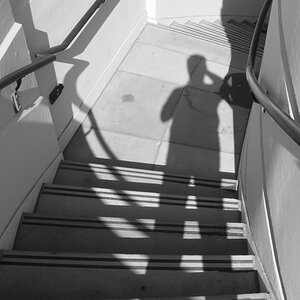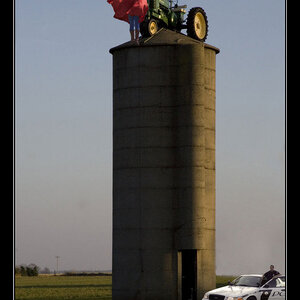john.margetts
No longer a newbie, moving up!
- Joined
- Dec 3, 2015
- Messages
- 1,100
- Reaction score
- 279
- Location
- Lincoln
- Can others edit my Photos
- Photos OK to edit
I don't consciously use the rule of thirds, but it is surprising how many of my better pictures happen to closely agree with it. It is also surprising how many of my pictures have elements that lie on the Golden Spiral - again, never intentional.
I do, however, use A format paper for my prints as its sides are close to the Golden Ratio of 1:1.6
I do, however, use A format paper for my prints as its sides are close to the Golden Ratio of 1:1.6






![[No title]](/data/xfmg/thumbnail/42/42268-15c1c02cec1d71208987fc7c7ec7784c.jpg?1619740077)



![[No title]](/data/xfmg/thumbnail/42/42269-bc38cb35884d46241dcf3623b338b43b.jpg?1619740078)


![[No title]](/data/xfmg/thumbnail/42/42057-1509913128bb1db2bc11235c05832fd4.jpg?1619739993)